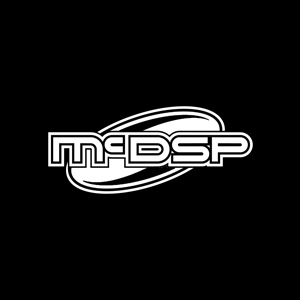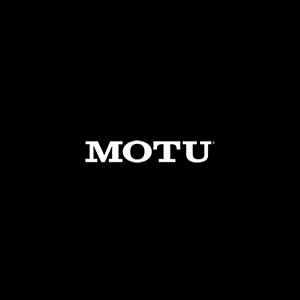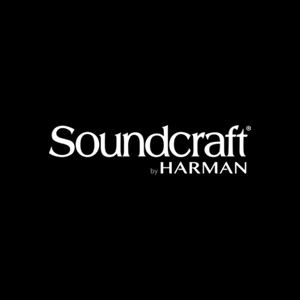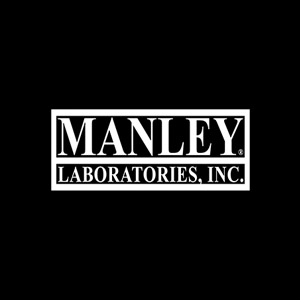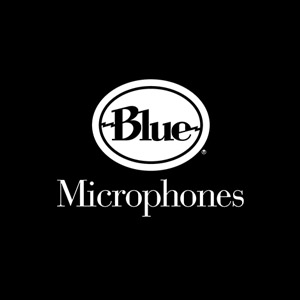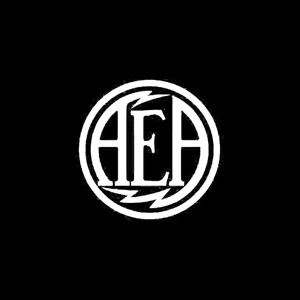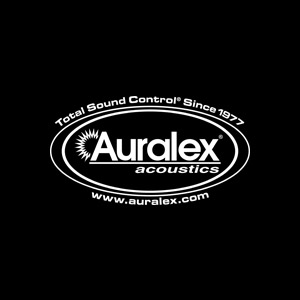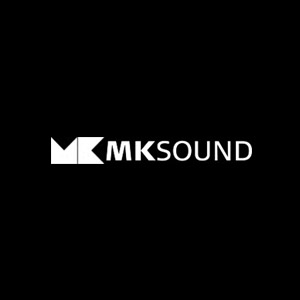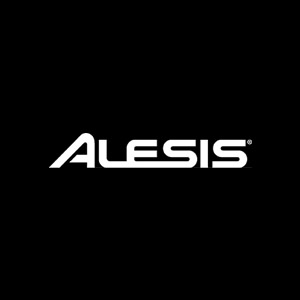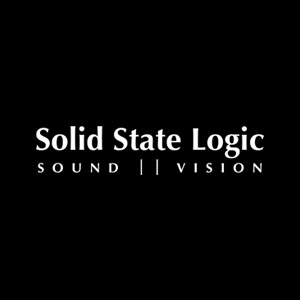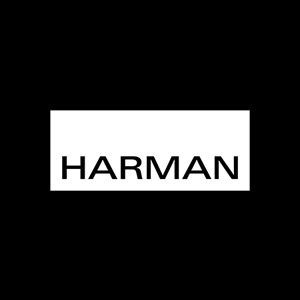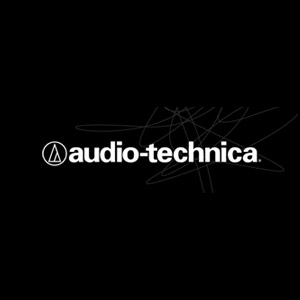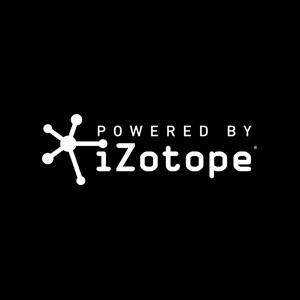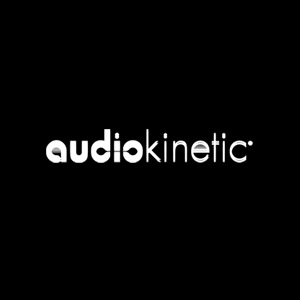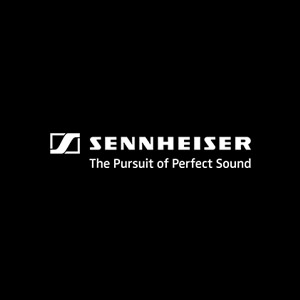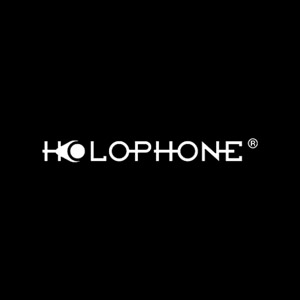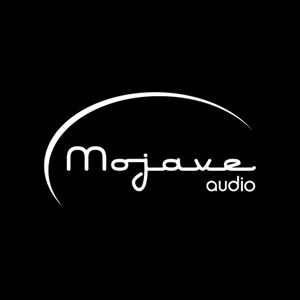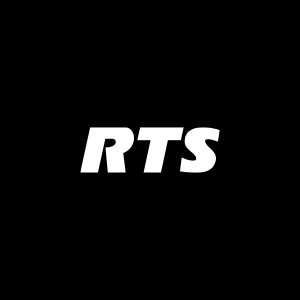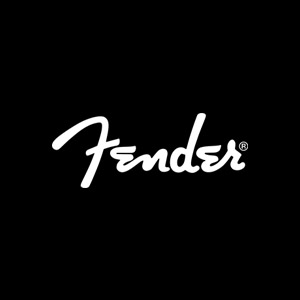Darrell Thorp, Multi-Grammy Award Winning Engineer, and CRAS Alumni, chats about Foo Fighters’ ‘Medicine At Midnight,’ in a 5 part series. This is what it’s all about!
—
In part 3 of our 5-part deep dive into the recording of Medicine at Midnight, the production team starts miking up Foo Fighters to capture the vibe of great performances in unusual spaces.
A full collection of microphones was assembled, a handful drafted into service from Grohl’s own Studio 606 and a good many Lauten Audio units brought along by Thorp. A rack of eight Neve 1073 preamps were brought in, primarily used for guitar, bass and vocals, and connected line-in to the API. There were also two racks of API preamps mic preamps, 16 of which were used for drum miking.
For processing, there was a rack of three Blackface UREI 1176 compressor/limiters, an Alan Smart SSL compressor, an original, vintage Teletronix LA2A, an SPL Transient Designer 4, and an Empirical Labs Fatso and EL8 Distressor.
The guitar amp room downstairs contained a full collection of the band’s favorite amplifiers, including a Fender Deluxe, Fender Vibralux, Roland JC-120 Jazz Chorus, a Park Amplifier head, a vintage Orange head and a vintage Vox AC-50 head, connected, as needed, to a pair of Marshall 4 x 12 cabinets. “They were ‘communal guitar amps,’” says Pasco. “Anyone could use any amp for any sound. One of them would say, ‘Okay, here’s the sound I’m hearing,’ and they’d work together to figure out how best to get the sound. Maybe it was two amps, maybe just one.”
The amps were always miked with a Shure SM57 and a Royer 121, the former pointed where the dust cap meets the cone and the 121 just next to it. Guitars were also recorded direct, sometimes distorted through a Neve 1073 preamp or a Coil Audio CA286S stereo tube mic pre, which Thorp and Pasco would daisy-chain.
“Sometimes Greg would ask for a particular tonality, say, the guitar being all fuzzed out,” Thorp describes, “so we would grab the Coil, really crank up the gain, and fuzz it out—take the DI and an amp with it.”
Nate Mendel’s bass was also recorded via both a DI and through a vintage Ampeg SVTCL head, through an Ashdown Engineering RM-212T 300W 2×2 cabinet, though for one or two songs (such as the gentle “Chasing Birds”), a vintage Ampeg B-15 was used.
“Nothing says ‘love’ like a good SVT,” says Thorp, “but it’s overbearing and growls. An SVT is either on or off —there’s no ‘2’ or ‘3’ on it. They’re just loud. You don’t necessarily need that grunge bass grind all the time, and you want it controlled, so a B-15 goes a long, long way sometimes, running it at a moderate level, sticking a good condenser mic on it and getting the mic preamp gain up. You get a really cool tone out of it.
There were several different drum kits scattered around the house for drummer Taylor Hawkins. The Jellybean kit was left in place in the living room for the first several recordings, later swapped out to a Leedy kit made by Fred Gretsch sometime in the 2000s. A third kit, a vintage 1958 George Way, was set up in an upstairs bedroom, which the team called “the dead room.”
For miking, the engineers placed an AKG D12 inside the kick drum, with a Soundelux JFET 47 outside. The snare received a pair of Shure SM57s, top and bottom. For toms, Thorp used one of his favorite Lauten mics, the hammer-shaped LS-308, useful, he says, for its extreme noise rejection design. “You can stick one on a tom, and you’ll literally hear cymbals just barely as a ‘ts-ts-ts,’ and the drummer’s bashing the hell out of it. It’s my new favorite tom mic.”
Key to Hawkins’ recorded drum sound is a Sennheiser MD-441-U—the so-called “Stevie Nicks mic”—a “poke” mic placed right above the kick drum, pointing at the side of the snare. “We just crush the hell out of it, then compress it with a dbx 165. That creates like a kick-snare distortion track,” Pasco says.
A Coles 4038 was used as a mono overhead going through an Inward Connections Vac Rac TSL-4 tube limiter, with a pair of Lauten LA- 220s for stereo overheads. Two 4038s were also used as room mics, put through a Manley Stereo Variable MU. Out front was a Lauten Audio FC- 357 FET condenser placed a few feet in front of Hawkins and fed through a Neve 1073 preamp. Finally, a Fostex ribbon mic was placed pointing toward the kit over Hawkins’ right shoulder and fed through a Warm Audio WA76 compressor.
“The major part of the drum sound is really the kick, the snare top, the mono overhead and the poke mic, which are all in the center,” Thorp notes.
For Grohl’s vocals, Kurstin used his own Telefunken ELA M 251, sent through a Neve 1073— one in the rack’s set whose distortion served the singer’s trademark delivery perfectly. Says Thorp, simply, “Dave is either loud or normal.”
The signal would go into the 1073, with 6 dB boost at 12.5 kHz, and a highpass filter at 50 Hz, after which it would feed into an 1176 at 4:1 ratio, with a slow attack and fast release. “Then I would try compressing somewhere in the realm of 3 to 5 dB,” Thorp explains, “and then, once in a while, he’d just belt it, and it would keel over to 10 to 15 dB—but it sounded good. That’s Dave. He’s rock and roll.”
While the majority of his vocals were done in a bedroom-cum-vocal booth, the vocal for “Medicine at Midnight” was tracked in the bathroom connected to the control room, which Thorp miked with a 4038 placed in the bathtub. “That bathroom is kind of a triangle,” he says, “and we set Dave up next to the linen closet, and he faced the bathtub.”


